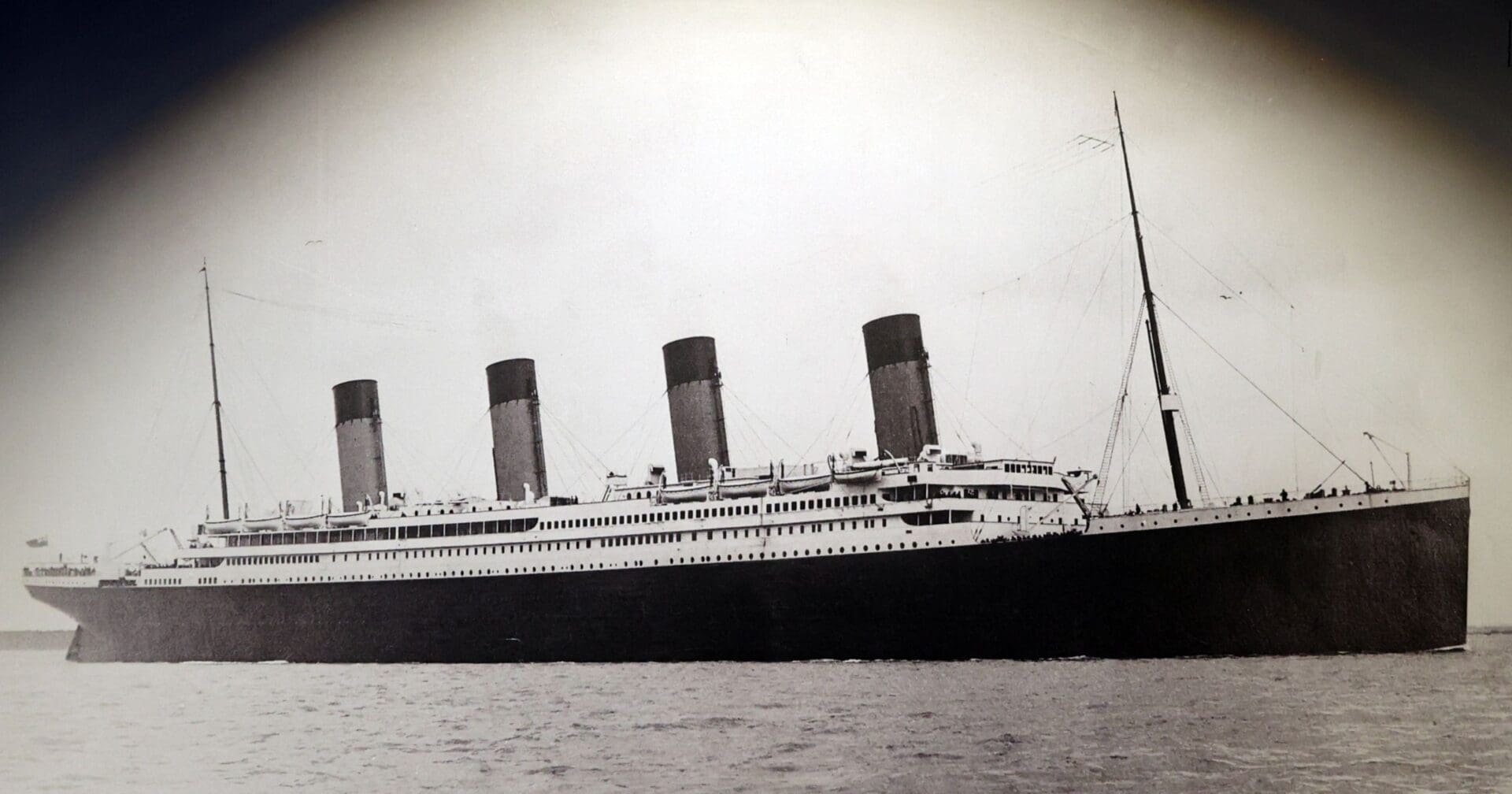Born in Cork in 1880, Francis Patrick Mary Browne was a remarkable man who lived through some of the most tumultuous times in history.
Despite losing both parents at a young age, Browne’s life took an extraordinary turn when his uncle gifted him a camera for a grand tour of Europe. Thus began his lifelong passion for photography.
While studying theology, Browne received an extraordinary gift from his uncle – a ticket for the Titanic’s maiden voyage from Southampton to Queenstown. With camera in hand, he captured the last known images of the ship’s interior, crew, and passengers, including the captain Edward J. Smith. These photos would later become a priceless record of the Titanic’s opulence and tragedy.
On board, Browne was offered a chance to continue to New York in the company of an American millionaire couple. Eagerly, he telegraphed his superior for permission, only to receive a firm response: “GET OFF THAT SHIP – PROVINCIAL.”
He disembarked in Queenstown, unknowingly escaping the ship’s tragic fate.
Upon hearing the news of the Titanic’s sinking, Browne realized the significance of his photos. He sold them to newspapers around the world, giving the public a rare glimpse into the Titanic’s final hours. For his efforts, the Eastman Kodak company awarded him free film for life.
Browne’s remarkable life continued as he served as a military chaplain during World War I, earning a military cross for valor. Despite ill health due to war injuries, he continued to travel and photograph, leaving behind a legacy of over 42,000 images by his death in 1960.
Today, his work is celebrated internationally for its historical significance and artistry.














